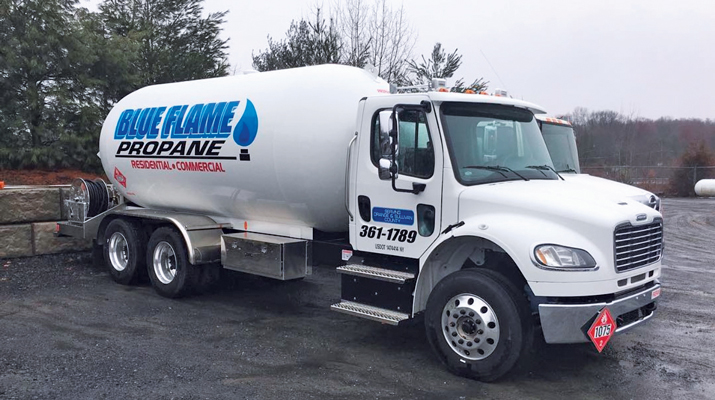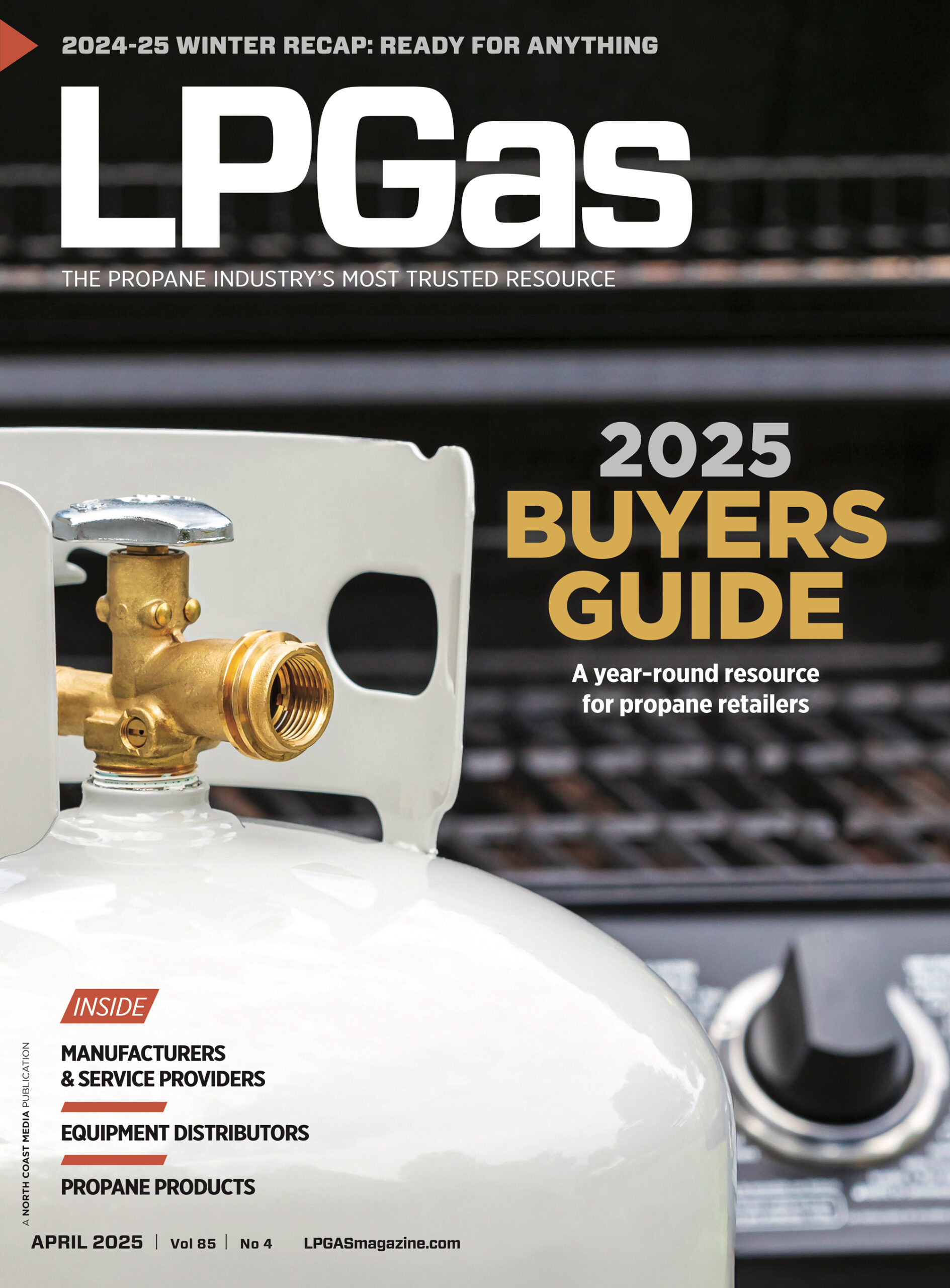Training your employees and documenting your training
“If I’d known I would be tested, I would have paid more attention!”

I have often quoted this statement from a dispenser operator when our inspector caught him in a filling violation. He didn’t realize that every container he filled was a test of his understanding of the safety requirements in his training. He was, probably inadvertently, showing his disregard for the safety of each customer. He also didn’t seem to realize the risk to himself.
Training and following that training are the most significant contributions you can make to a safe workplace and safe products for your customers. Failure to provide documentation of that training is one of the most common violations we find, especially regarding dispensing sites.
The LP Gas Code requires persons whose duties fall within its scope to be trained in subjects consistent with their job duties. Section 4.4.2 specifies some broad areas for receiving training. There are also requirements for refresher training and training documentation. There are few details beyond that, leaving the specific training requirements to state and local authorities having jurisdiction.
A few states determined that training and testing would be the responsibility of the state. Those states decide what training is appropriate, conduct the training, administer the tests and maintain the documentation. Other states do not specify details about the content or who does the training, leaving the industry to find its own methods. This setup results in a wide variation in training sources, quality and documentation methods.
The Propane Education & Research Council (PERC) created the Certified Employee Training Program (CETP) several years ago and, just last year, the PERC Education Program (PEP) with updated content and methods. In my eyes, these programs have become the benchmark of training for the industry, presenting a consistent method for training and providing reliable training documentation.
I recently took the dispensing training to see how it works and how it is documented. I was pleased, and the inspectors think it should work well if they get cooperation from personnel on-site. An individual who completed the training can show their records on a computer, tablet or phone. A supervisor can show the records for everyone they supervise.
Documentation for other training has been seriously lacking. One well-organized spreadsheet showed names, percent complete and date, but there was nothing indicating what the subject was other than “Propane Certification.” The PEP training has nine modules and a choice of three quizzes. Without knowing how the other training is organized and what parts of the training each person took, we have no way to determine if they can operate safely on their own or not.
We have a requirement to specify acceptable points of transfer, where containers may be filled and maintain the required separation distances from various exposures. Training for identifying and using these sites must be performed and documented. That’s a step beyond CETP or PEP training. Companies must demonstrate to us this training has been completed for each operator by presenting the proper documents.
How can we tell if training was sufficient and correct? Having a detailed outline of the topics covered as part of the documentation is a good way to ensure proper training. It also guides the instructors so they don’t forget something. A store owner who may have been trained a few years ago will not cover all the important topics for a new employee unless he has a good guide to follow. Even with that guide, is he a good instructor? There’s a lot to be said in favor of the well-planned training provided through PERC.
If inspectors are familiar with a site and its record-keeping, they may not ask to see training documents at each inspection. But if an employee violates a filling requirement and the inspector sees it, training and documentation will almost certainly come into the picture.
Remember, if it isn’t documented, it didn’t happen. Take some time and make an effort to make your documentation into a comprehensive system to show that your employees are as good as you say they are.
Richard Fredenburg is an LP gas engineer at the North Carolina Department of Agriculture and Consumer Services, Standards Division. He is also a member of NFPA’s Technical Committee on LP Gases. Contact him at richard.fredenburg@ncagr.gov or 984-236-4752.
NOTE: The opinions and viewpoints expressed herein are solely the author’s and should in no way be interpreted as those of LP Gas magazine or any of its staff members.
Featured homepage image: bluekite/E+/Getty Images
Related Articles
The industry’s shocking documentation error rate
















